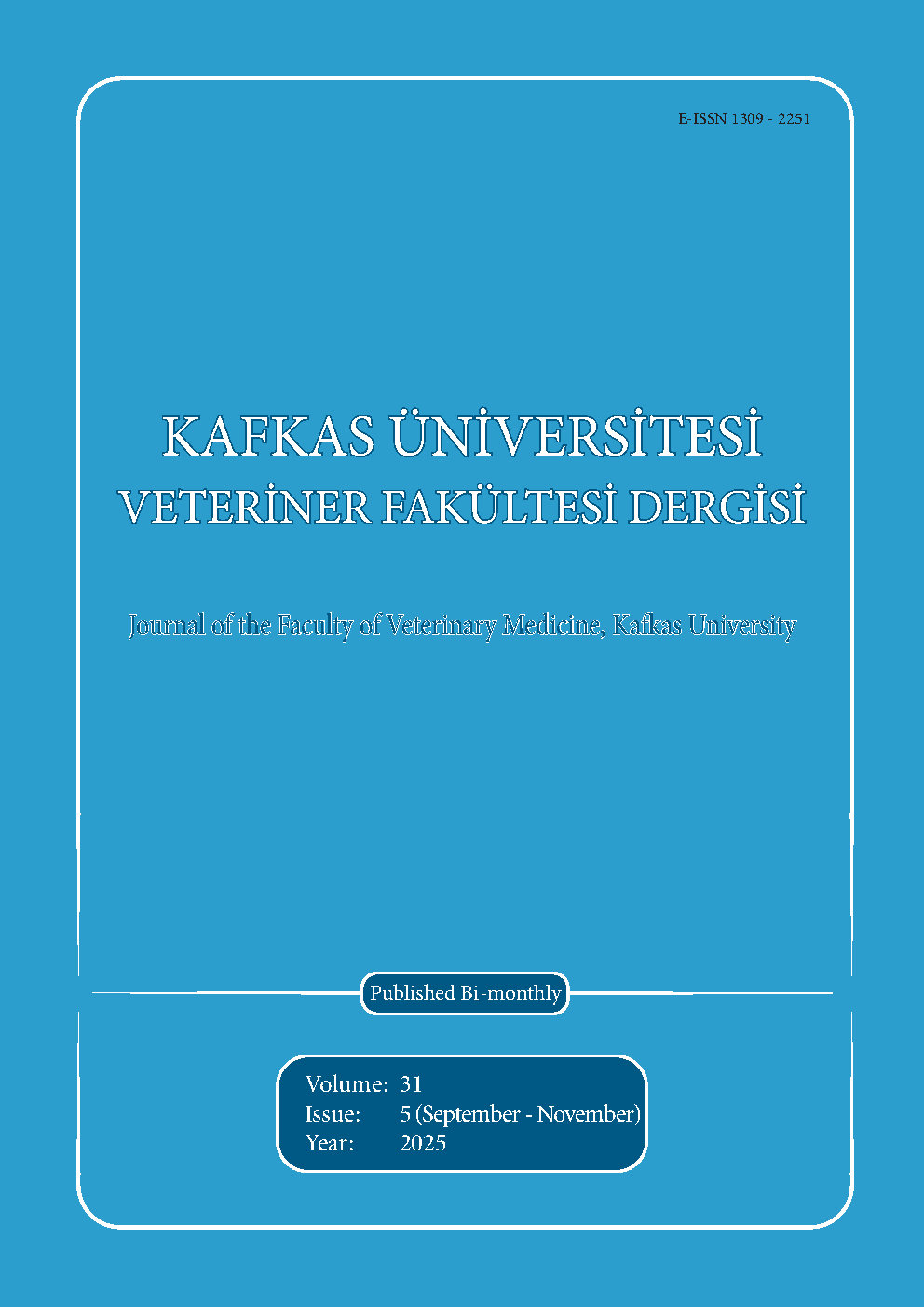
This journal is licensed under a Creative Commons Attribution-NonCommercial 4.0 International License
Kafkas Üniversitesi Veteriner Fakültesi Dergisi
2025 , Vol 31 , Issue 5
Comparative Performance of Convolutional Neural Network Models in Wing Morphometric Classification of Honey Bee Populations Across Europe
1Akdeniz University, Faculty of Agriculture, Department of Agricultural Biotechnology, TR-07058 Antalya - TÜRKİYE
DOI :
10.9775/kvfd.2025.34544
Accurate identification of Apis mellifera populations is essential for conserving biodiversity, optimizing breeding programs, and understanding environmental adaptation processes. Traditional morphometric approaches, while informative, face significant limitations due to their labor-intensive nature and inefficiency when applied to large-scale datasets. To address these challenges, this study applies a comparative evaluation of Convolutional Neural Network (CNN) models for country-level classification of honey bee populations using forewing images. A total of 2.500 high-resolution forewing images-500 from each of Croatia, Poland, Romania, Spain, and Greece-were selected to represent diverse geographical regions. Following biologically appropriate preprocessing and data augmentation, the images were analyzed through a comparative evaluation of three pre-trained CNN models - VGG16, InceptionV3, and ResNet50. All models were fine-tuned through transfer learning, and classification performance was systematically assessed using accuracy, precision, recall, and F1-score metrics. Among the evaluated models, VGG16 achieved the highest classification accuracy at 95%, outperforming InceptionV3 and ResNet50. These results highlight not only the high predictive power of CNN models in morphologically distinguishing honey bee populations, but also demonstrate the relative strengths of different CNN models. Furthermore, the study underscores the advantages of automated CNN-based workflows over manual morphometric methods in terms of speed, objectivity, and scalability. By integrating CNN models into morphometric analysis, this research provides robust and reproducible tools for apicultural studies, population-level biodiversity monitoring, and applied breeding strategies.
Keywords :
Automated population classification, Convolutional Neural Networks (CNNs), Deep learning in biodiversity, Honey bee, Wing morphometrics










